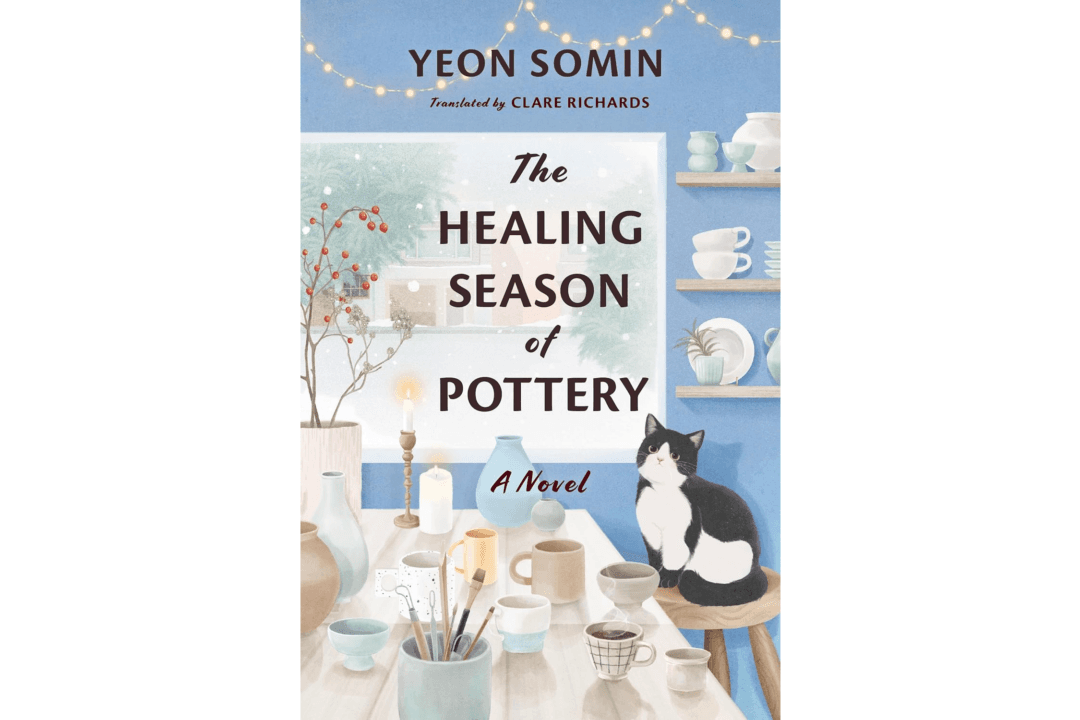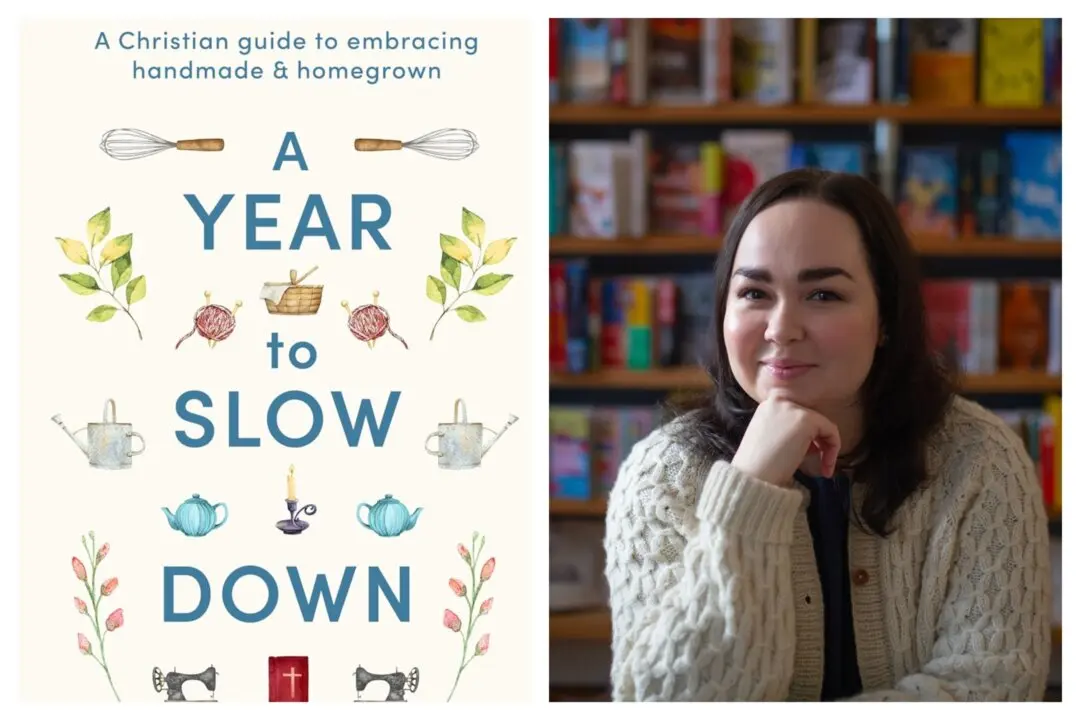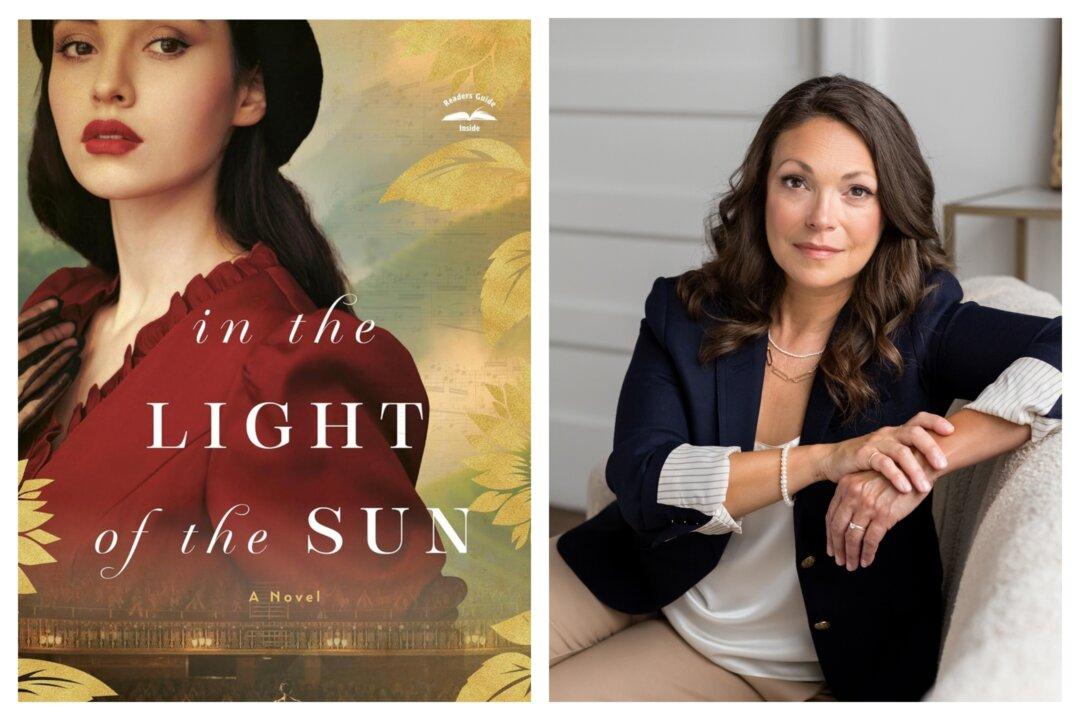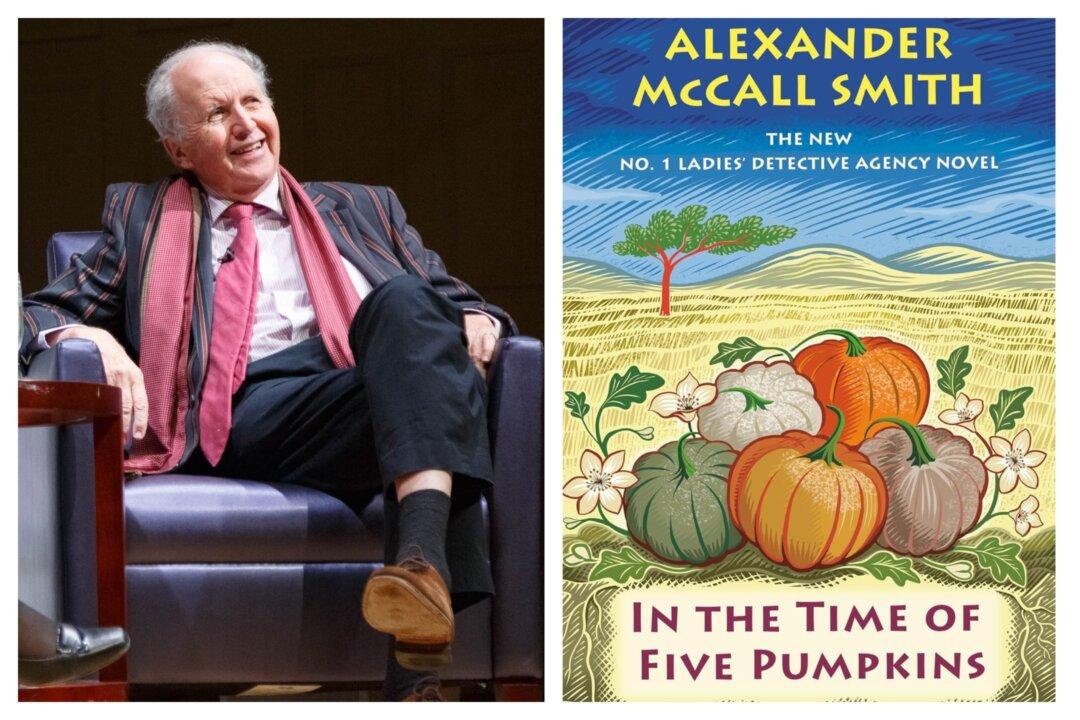Helen Keller once said: “Self-pity is our worst enemy and if we yield to it, we can never do anything good in the world.” Yeon Somin calls it a “state of inertia in her latest novel, ”The Healing Season of Pottery.” This phrase mirrors Keller’s wise words on our ability to do much when we have a cause outside of ourselves.
The Passing of the Seasons
Jungmin quit her job as a broadcast writer after years of sleepless nights, countless deadlines, and grueling hours of traveling for work. She decided to lease a quiet place in Chestnut Burr Village, an hour’s drive from the busy city life of Seoul, South Korea. She signed the lease in the summer; in the fall, she pricked her finger on a chestnut burr—a significant symbol in the book—and she didn’t emerge from her hideaway till the following summer.After her extended hibernation, Jungmin emerged from her sterile cave to get some coffee and stumbled upon a pottery workshop instead. She is offered the brown beverage in one of the mugs made in-house. Though the coffee beans are mediocre, the cups they are served in elevate the flavor. “Coffee served in jade celadon cups … tastes better. Sweet coffee is served best in white porcelain.” Intrigued, she signed up for twice-a-week classes.





